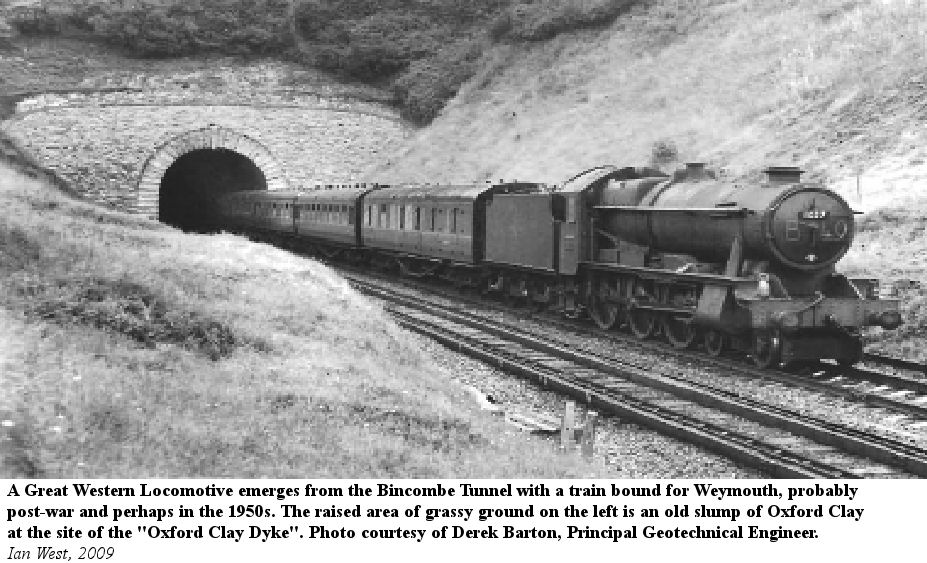Here's an older pic of the bays at Lancaster on Twitter. They look like the electric depression bars described above which were popular on Midland Region resignalling schemes of the 60s and 70s. Newer photos found online show them removed.Not sure if its the same or not - from memory they're on both rails and at rail height, as if intended to pinch the back of the wheels, though I guess that could be for electrical continuity
-
Our booking engine at tickets.railforums.co.uk (powered by TrainSplit) helps support the running of the forum with every ticket purchase! Find out more and ask any questions/give us feedback in this thread!
You are using an out of date browser. It may not display this or other websites correctly.
You should upgrade or use an alternative browser.
You should upgrade or use an alternative browser.
Sand Drags
- Thread starter Ploughman
- Start date
- Status
- Not open for further replies.
Sponsor Post - registered members do not see these adverts; click here to register, or click here to log in
R
RailUK Forums
randyrippley
Established Member
- Joined
- 21 Feb 2016
- Messages
- 5,135
I can't argue with that. Funny though I thought they were still there.........memory must be getting jadedHere's an older pic of the bays at Lancaster on Twitter. They look like the electric depression bars described above which were popular on Midland Region resignalling schemes of the 60s and 70s. Newer photos found online show them removed.
That sounds like electric depression bars - an electromechanical switch linked with the track circuit to reinforce operation over the last 60' or so where the rails aren't as polished by the wheels, and the zig-zag pattern is stainless steel weldstrip which has replaced the bars, but they've not been removed (not uncommon, they are heavy pieces of kit) .
Here's a photo of the depression bar in the bay at Stoke-on-Trent. Train detection is by axle counters so the bar is redundant, but there is no need for the stainless steel strip.
Back in the 1960's there were a number of depression bars around my native East Anglia. Norwich Platform 6 was one I recall, others at both Great Yarmouth and Lowestoft. Back in those days some the track circuits were powered by a kind of Le Chanche battery where mains derived power was not available. If a parcels van was placed against the buffers for gradual loading, this rapidly drained the battery so depression bars were fitted which disconnected the supply, saving the battery, and forced the use of the call-on signal into the platform.
Chris Hamilton
Member
Yep, overgrown but still there. I was surprised that it survived the resignalling, what with the TPWS at the protecting signal and enforcing the speed restriction on approach to Hamilton Central.Is the one at Hamilton Central still there?
Ive often wondered how effective it would be at stopping a runaway before it demolished the multi storey car park just a couple of metres beyond it.
not a sandtrap, but the bay platforms at Lancaster have a curious arrangement with an inner spring-loaded pinch rail which would serve the same purpose. Also the railheads have a raised zig-zag pattern on the surface presumably created with welding equipment - I assume to try to scrape sliding wheels?
There was a previous thread on the sandtraps at https://www.railforums.co.uk/threads/railway-geology.143118/
Mainly discussing this interleaved one on the climb to Bincombe tunnel

(photo comes from this geological study)
Ridgeway Railway Railway and Weymouth Relief Road Cutting - by Ian West
Upwey - Ridgway Railway Cuttings - Desciption of Purbeck Formation strata exposedwessexcoastgeology.soton.ac.uk
The zig zag is there to aid electrical continuity for the track circuits on bits of rail that might become too rusty, thus casing a train to become ‘missing’ or ‘lost’.
Sheffield P3 and P4 has them, and you can tell they’re there because they cause quite a rumble as you go over them.
MadMac
Member
I've been wondering that since I first saw it!Yep, overgrown but still there. I was surprised that it survived the resignalling, what with the TPWS at the protecting signal and enforcing the speed restriction on approach to Hamilton Central.
Ive often wondered how effective it would be at stopping a runaway before it demolished the multi storey car park just a couple of metres beyond it.
- Status
- Not open for further replies.
